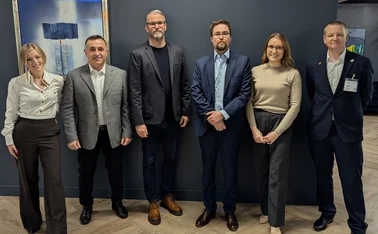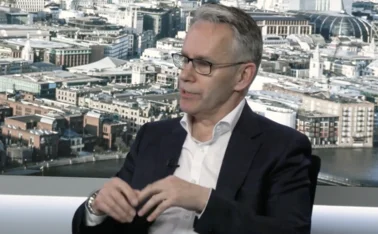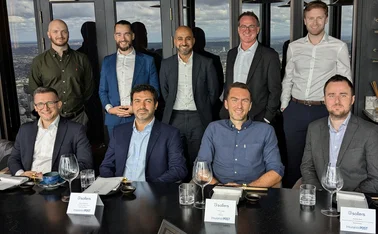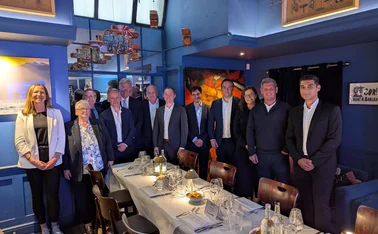
Roundtable: Improving quote conversion, retention and profitability in the personal lines market

Adding online payments and ensuring consistent service could be a key differentiator for insurers in winning new business and retaining existing customers. At a recent roundtable sponsored by PayPal an expert panel discussed the need for simplicity and an intuitive customer journey; ensuring consistency across devices and distribution channels; and using technology that allows for choice and flexibility at all points in the policy lifecycle
Participants Where are the biggest pain points for potential or returning insurance customers on their purchase journey and how can these be addressed?Matt Walton:
Only users who have a paid subscription or are part of a corporate subscription are able to print or copy content.
To access these options, along with all other subscription benefits, please contact info@postonline.co.uk or view our subscription options here: https://subscriptions.postonline.co.uk/subscribe
You are currently unable to print this content. Please contact info@postonline.co.uk to find out more.
You are currently unable to copy this content. Please contact info@postonline.co.uk to find out more.
Copyright Infopro Digital Limited. All rights reserved.
As outlined in our terms and conditions, https://www.infopro-digital.com/terms-and-conditions/subscriptions/ (point 2.4), printing is limited to a single copy.
If you would like to purchase additional rights please email info@postonline.co.uk
Copyright Infopro Digital Limited. All rights reserved.
You may share this content using our article tools. As outlined in our terms and conditions, https://www.infopro-digital.com/terms-and-conditions/subscriptions/ (clause 2.4), an Authorised User may only make one copy of the materials for their own personal use. You must also comply with the restrictions in clause 2.5.
If you would like to purchase additional rights please email info@postonline.co.uk








